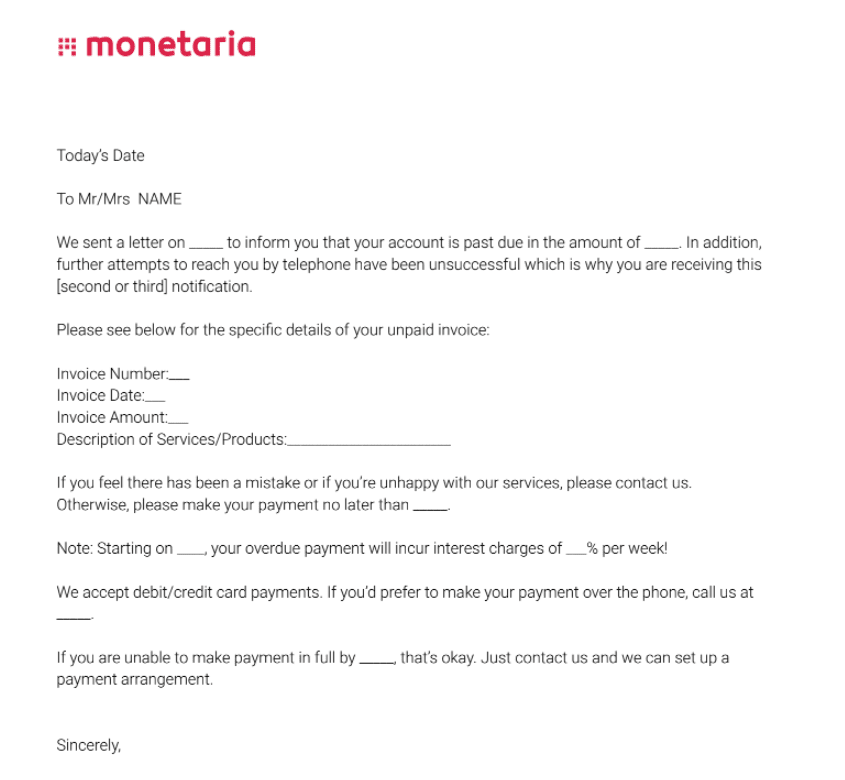The decisions you make at the end of the day will affect your monthly bottom line. That much is undeniable. So who you give credit to, and how much, plays a vital role in your collection strategy both today and tomorrow.
There are many reasons why over 70% of American small businesses have outstanding debt. Decision-making is definitely one of them. At Monetaria, we work with New York businesses every day. We see over and over again smart individuals choosing clients or loan tactics that go against their best interests. It’s time to change that.
In the article below, we’ll guide you through some quick and dirty collection tips that just about any small business can implement. Save time, save money, and learn how to spot clients that are way out of your comfort zone!
When you’re extending credit, ask yourself the ultimate question: How much risk can your business handle?
The answer to this question depends on a lot of different things, but your profit margin is the most important. High profit margins allow for more risk. If you’ve already taken on a lot of debt and your margins are low, stay away from riskier clients.
Got high margins? More risk potential. | Got low margins? Less risk potential. |
Investment and investigation are like peanut butter and jelly — an irresistible combination no business can do without.
But how do you know which clients are riskier than others? Well, whenever you extend credit to a business or client, you must investigate their ability to make payments. As a general rule, we recommend that you match your investigation to the level of investment.
The Bigger the Loan, the Bigger Your (Time) Investment
As you offer more credit, you must venture deeper into the business’ financial history. But what should you investigate? Ask and you shall receive.
First, the essentials. We’re sure you already know this stuff, but we’ll offer it just in case you need a refresher. For literally any B2B commercial loan investigation, you should look into the following level one information:
Level One
|
As risk climbs, so too should your research efforts. Here are the level two risk investigation categories:
Level Two
|
Don’t Forget to Choose the Proper Tools
When conducting in-depth business investigations, it’s also important to leverage the latest research tools. In this case, we’re talking about background checks. There are dozens of suppliers out there, but the best companies to use for client background and credit checks are:
You want to choose one of the above companies because they’ll have the most up-to-date and accurate information. Quick note – the information you get should only be used pursuant to local and federal laws. Make sure you are adhering to local and federal laws about using third party companies to do background checks.
If the business does a significant amount of credit card sales, it’s also worth asking for 2-3 months of merchant statements. You won’t be using them for anything at first, other than getting a baseline for their credit card sales.
Later, if their payments start coming in late, you can ask for a recent merchant statement and compare the two. This is an easy way to verify that, yes, their sales are down, or they have run into a little trouble and may need more time to pay.
Summing Up
|
When the Good Gets Ugly, You’re Not Alone
Despite best efforts and sound decision making, every business will acquire a client that, for one reason or another, refuses to pay their debt. When that happens, stay calm and keep it professional.
Write them a few honest and direct collection letters. If that doesn’t work, give Monetaria a call. We have over a decade of B2B and Merchant Cash Advance debt recovery experience. Above all, remember that you’re not alone — we’re here to help.



